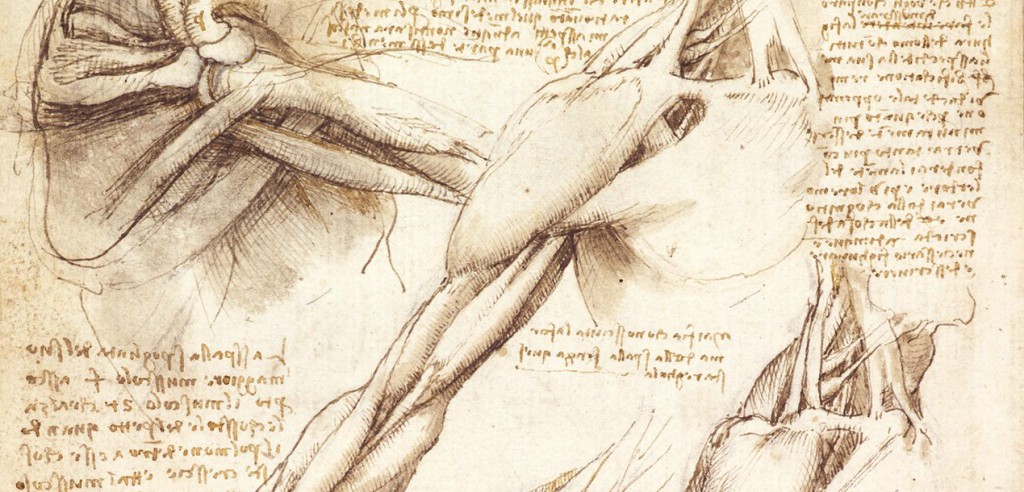It is not a hidden secret to me that photography has the ability to manipulate and objectify depending on the objectification, just in similar fashion; an eloquent caption can add a new frame or new dimensions to a story. For instance, the history of race relations in the US and throughout the new world was based on racism, the exploitation and the enslavement of people of color, by Europeans or those of European origin. A perfect example of that can be taken straight from the photograph of J.T. Zealy’s daguerreotypes of slaves that were commissioned by the eminent Harvard scientist Louis Agassiz to support his belief in the theory of polygenesis, with the idea that blacks were inferior to whites. Carrie Mae Weems, an artist who uses the tool of appropriation to critique the issues of race in her art, debunks the photographs of Zealy’s daguerreotypes of slaves. She adds a narrative to the photographs in order to help emphasize to the audience the new meaning behind them. The added texts, try to erase the harsh truth behind the pain and the suffering in the lives of black people during slavery or in the times of segregation. It made these series of photographs seem more like a work of art by changing and manipulating the colors which ultimately make them visually appealing to the senses. It captures their souls and their tribulations, with the transgressions committed against them. The provocative message behind Ms. Weems’ work is intended to serve as the voice of the voiceless; through her their feelings and emotions can finally be heard or felt. Moreover, it demonstrates through their hardships and calamities that their efforts and struggles were not in vain because black people have come a long way since then, and today we have many prominent, successful black people in every fields, who have contributed to the betterment of this country and to the rest of the world .
Personally, I don’t subscribe to the idea that history can be rewritten, even though this may not have been the intentions behind her work. Nonetheless, I believe that these series of photographs have made a poignant reminder to all of us that we are all human beings regardless of the color of our skins and our cultural heritage.



